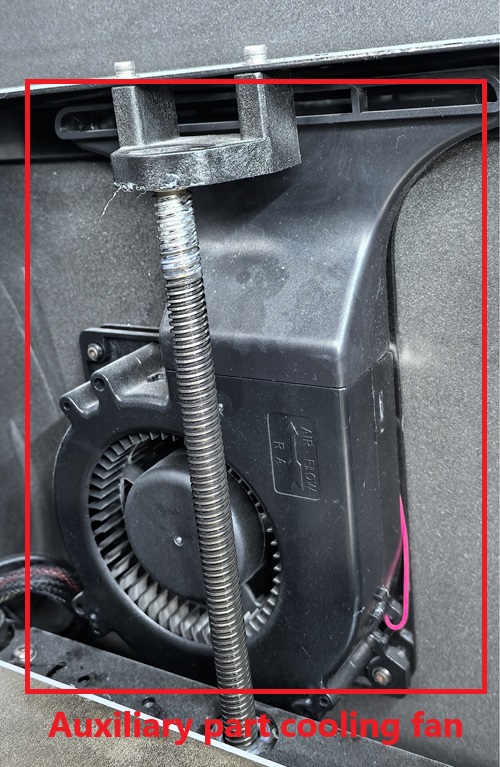This is an introduction to the main components of the X-Plus4 printer, so you can have a general picture of the printer.
¶ How does X-Plus4 work?
The X-Plus4 3D printer is a machine that uses plastic filament as the material for creating 3D objects.
Most of the time, the printable objects are files with the .stl extension that hold the 3D model which needs to be processed before it’s ready to be printed with a piece of software called a slicer.
The slicer, in our case the QIDI Studio, takes that .stl file and slices it into layers which are then printed by the X-Plus4. All these slices are then converted into code, a type of language which tells the machine how to move its axis to print the model.
Besides the movement, the slicer is also able to integrate various other settings inside the generated file, like the temperatures of the filament, printing speeds, and generate supports for some sections of the print.
¶ CoreXY motion system
The QIDI X-Plus4 uses a CoreXY motion system controlled by two stepper motors. The X and Y stepper motors work together to move the printhead.
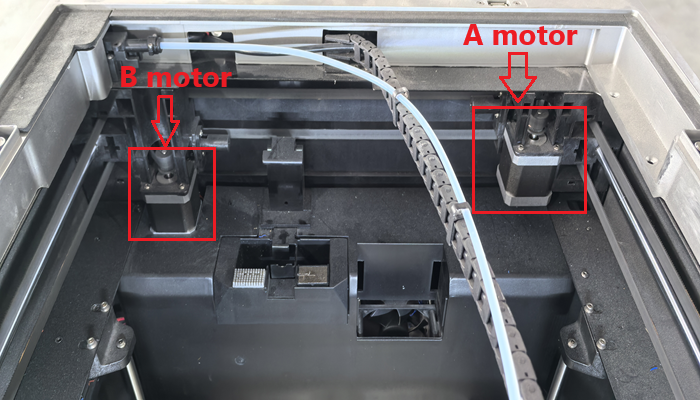
Every stepper motor has an independent belt that is connected to the print head, so a pair of belts is used to control its position. Having a CoreXY motion system allows the X-Plus4 to print much faster compared to a traditional cartesian printer because the weight is lower, which is important when it comes to printing fast.
More information about the CoreXY motion system is available in this link.
¶ Z axis
The Z-axis is comprised of four lead screws that are connected to a single stepper motor using a belt.
¶ Extruder
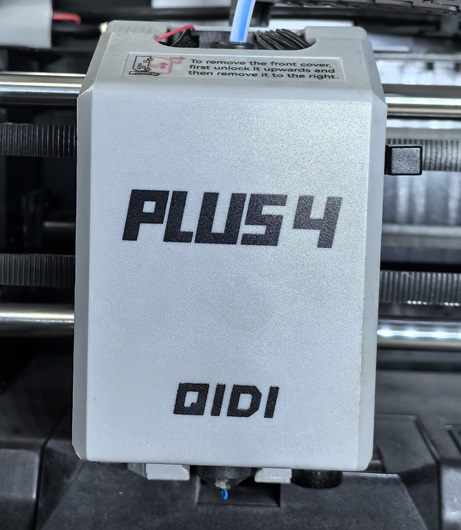
The extruder is responsible for pulling the filament from the spool and feeding it to the hotend where it is melted and pushed through a small nozzle to generate the printed model. It’s also one of the most important parts of a 3D printer because it needs to be able to accurately control the amount of filament which is pushed through the hotend.
¶ Print head
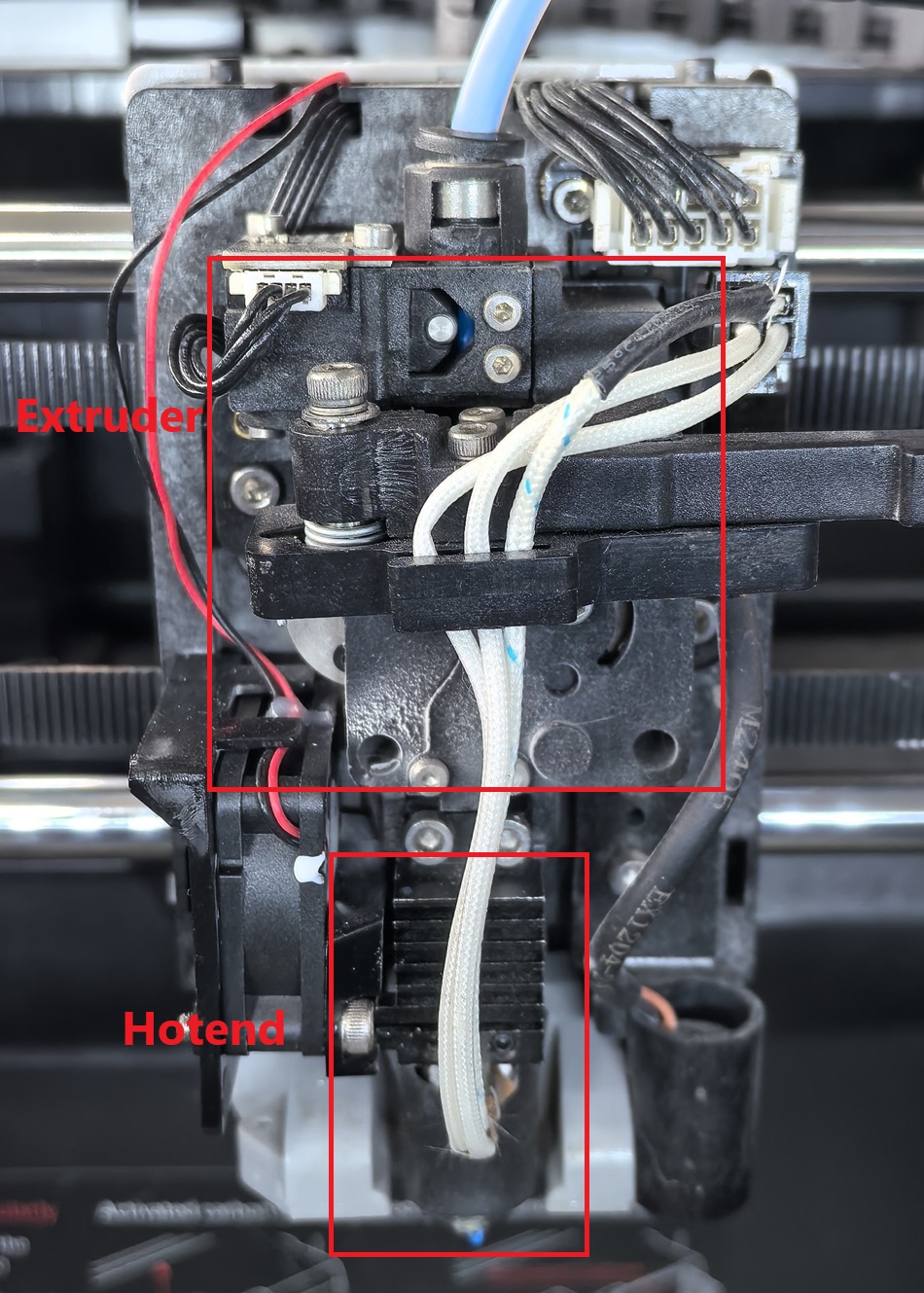
The hotend is part of the printer responsible for melting the filament that gets deposited in thin layers to create the model. Different temperatures are used for various types of filament materials. For example, PLA filament can be printed at lower temperatures at around 210-220C while other filaments like PETG and ABS require higher temperatures at around 250-260C
X-Plus4 comes with an all-in-one design for the hotend. This means that the nozzle is integrated into the heatblock and connected to the heatsink via a thin metal tube for best performance.
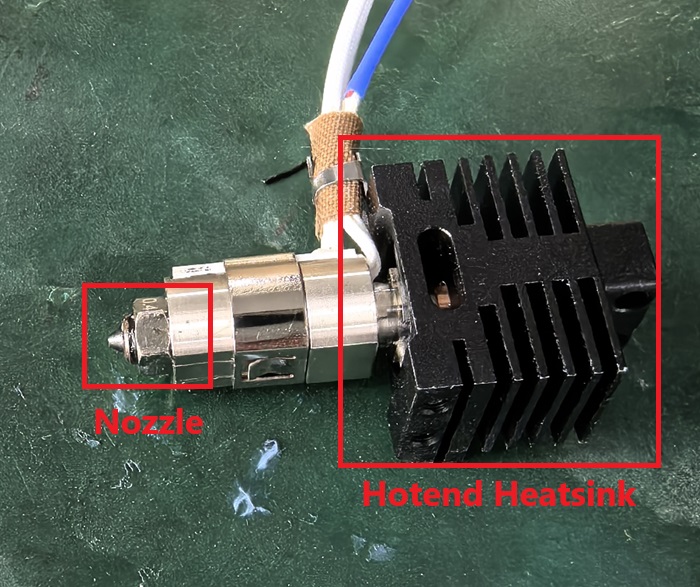
Having this design allows the hotend to heat up much faster than a regular hotend, and the all-in-one design minimizes issues that might come up when swapping nozzles.
¶ Hotbed
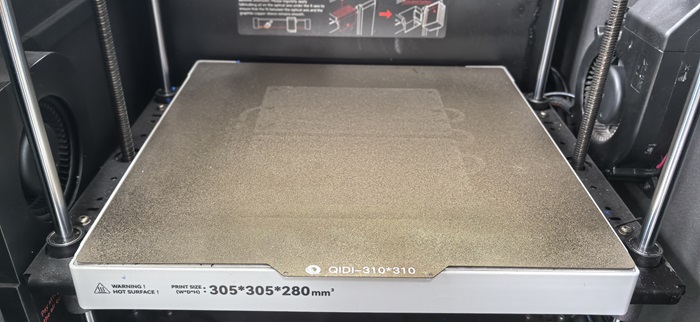
Usually, the printing surface needs to be hot to help the printed layers adhere so a heatbed is used.
With the X-Plus4 3D printer, the heatbed can reach up to 110C but that can be controlled according to the filament used. For example, PLA can be printed on the Cool Plate at a temperature of around 35-45C as PLA doesn’t have warping effects like other filaments like ABS or PC that require a much higher temperature at around 100-110C.
If no heat is used for the printing surface, the filament deposited would cool too fast, and the tension between the layers would make it warp.
¶ Cooling system
Fast printing also requires good part cooling, and the X-Plus4 comes with a 5015 radial fan with two air ducts that direct the air underneath the nozzle.
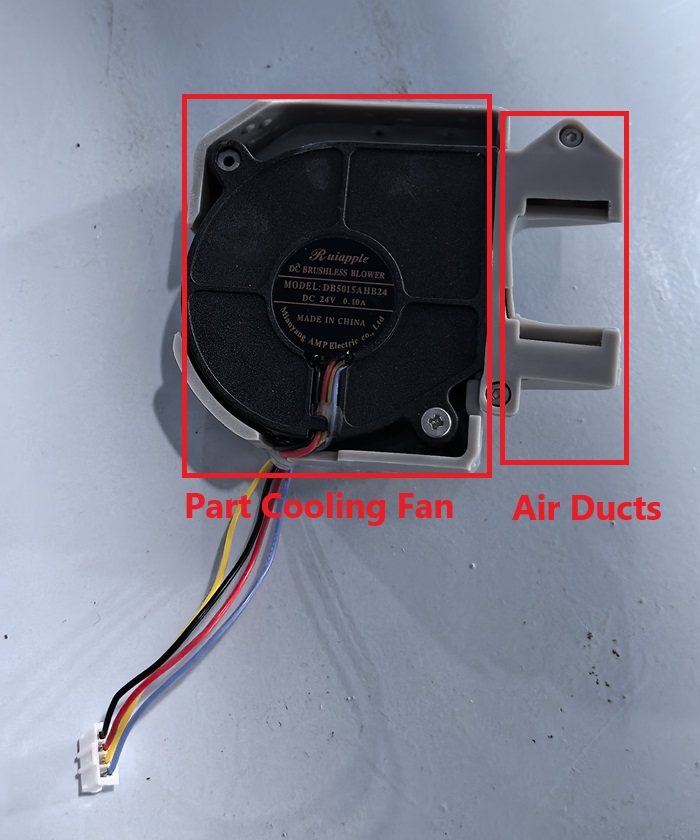
The X-Plus4 comes with an extra cooling fan located on the right side of the machine that can be used when printing filaments like PLA that benefit from good part cooling. An “airflow blanket” is created over the print helping to solidify the printed layers as fast as possible.
